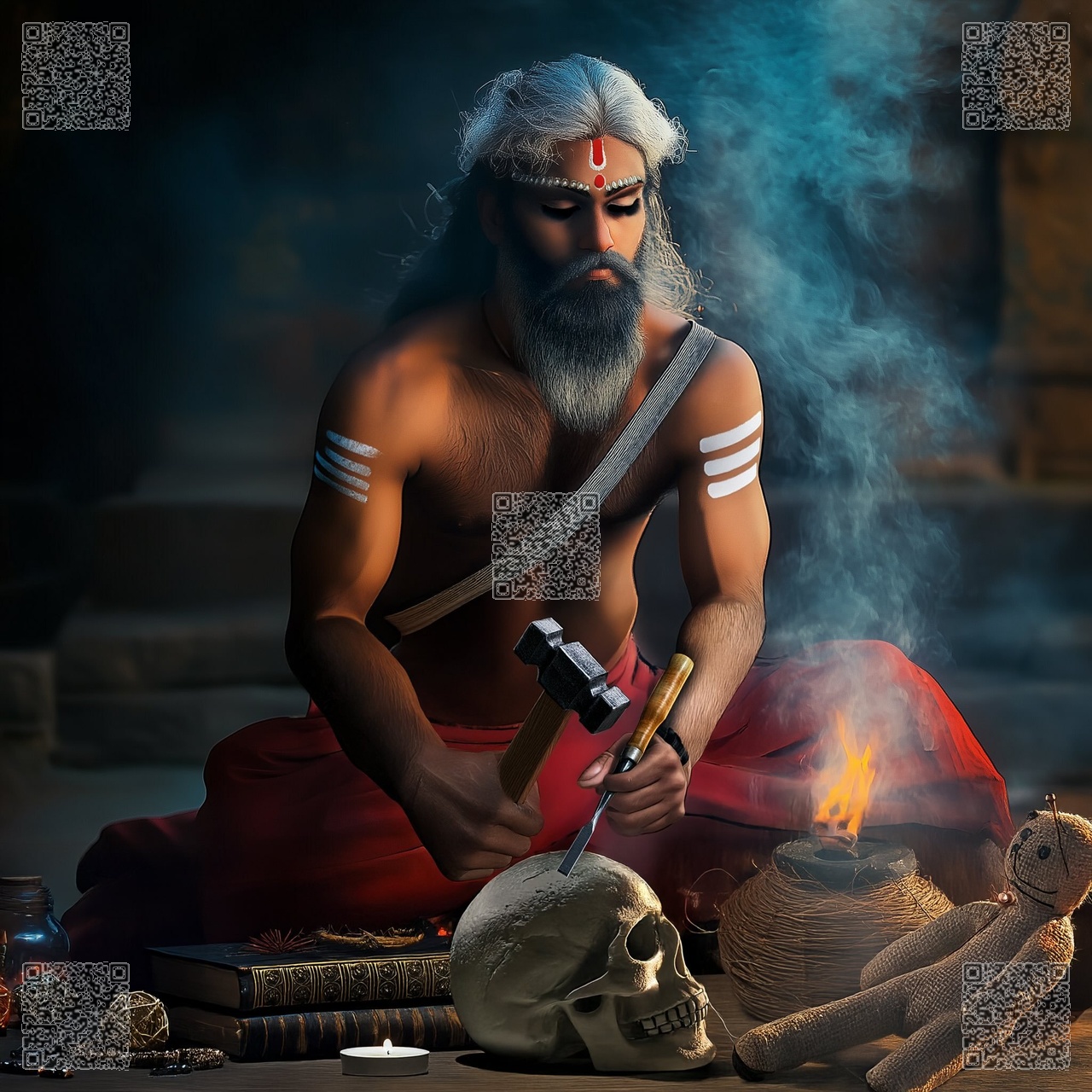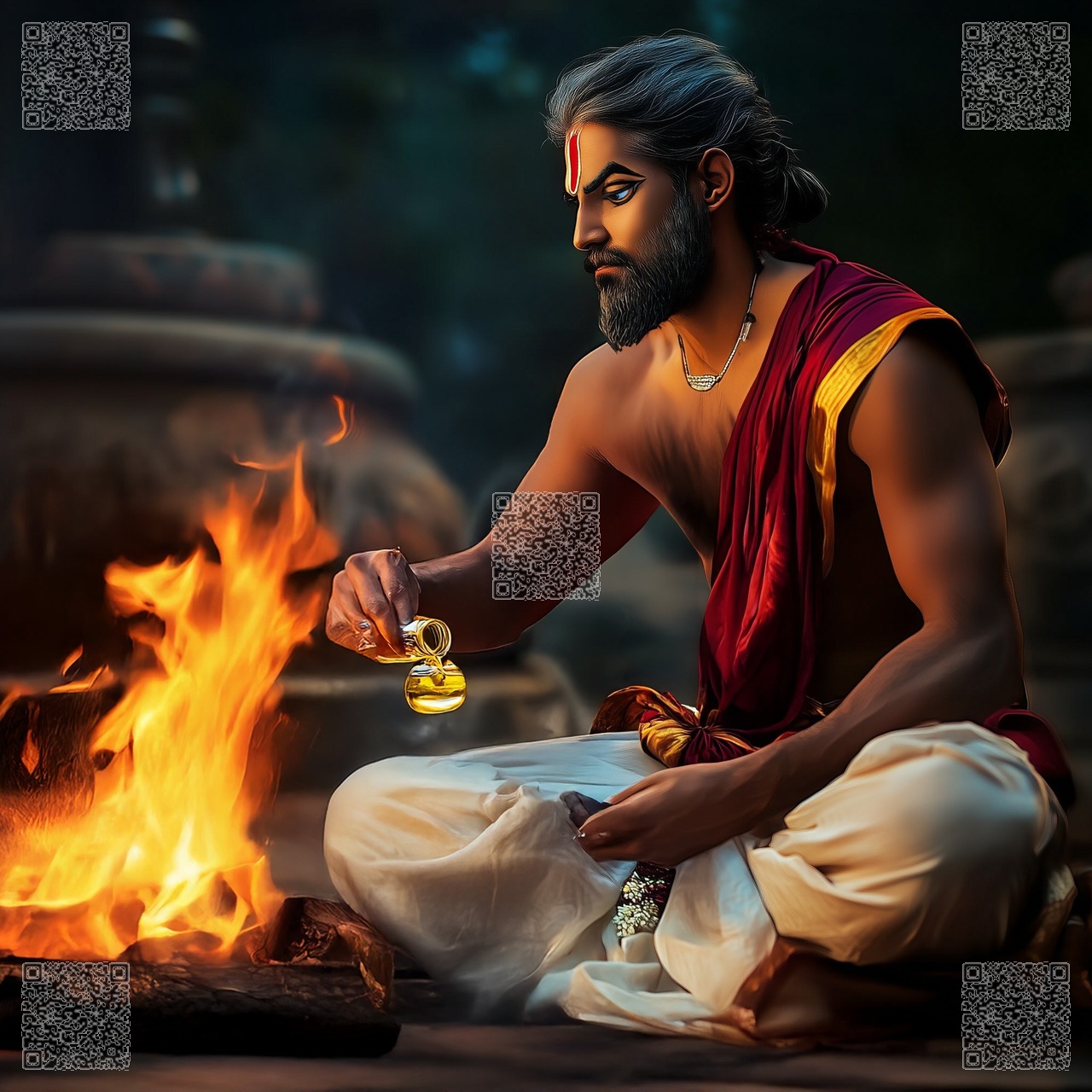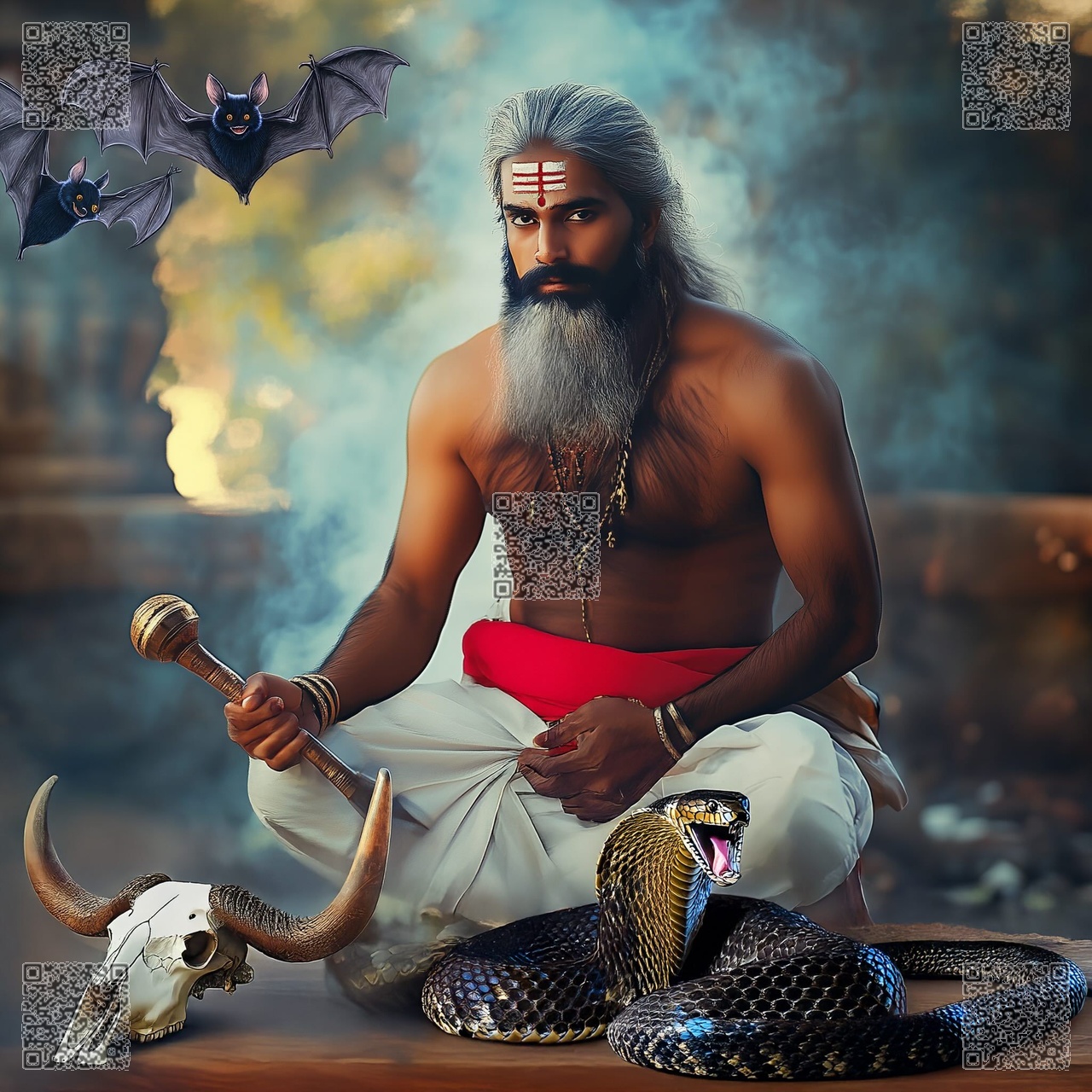Birth and Family Background
Mathevan Chandar (II) belonged to the prominent Alumoottil family. He was born into a matrilineal system that defined inheritance and familial roles through the maternal line. His family was connected to the Lakshana lineage through his sister, Kochummini (also known as Kochumundi), who married into the Lakshana family and had six children. The family originally resided with the Lakshana family before establishing its prominence at Alumoottil.

Contributions and Estate Expansion
As Karanavar of the Alumoottil family, Mathevan Chandar (II) significantly expanded the family’s property and influence. He acquired additional lands, including Kokkathethu Purayidam and Thundathu Vayal, which were annexed to the Alumoottil estate. These properties were initially owned by the Cherupadalam Potti family near Thattarambalam Temple, and their acquisition consolidated the Alumoottil family’s wealth and standing.

Sorcery and Mystical Practices
Mathevan Chandar (II) was renowned for his expertise in sorcery and mystical practices, which brought him great recognition in the region. He performed rituals to exorcise spirits, ward off negative energies, and resolve disputes. His sorcery was deeply respected, and he maintained a collection of palm-leaf manuscripts detailing his occult knowledge. These manuscripts, however, were destroyed by later generations out of fear. Despite his mystical practices, he was a pragmatic leader who balanced his esoteric interests with responsibilities to his family.

Family Life and Marriage
Mathevan Chandar (II) married Mammappanikkathi from the Vallabhassery family in Tiruvalla around Kollavarsham 590 (AD 1814). This marriage strengthened ties between the Alumoottil and Vallabhassery families. The couple had six children:
- Kochukunju Panikkar
- Kochukrishna Panikkar
- Shekhar Panikkar
- Perumal Panikkar
- Ammakunju Panikkathi
- Kali Panikkathi
His children later married into other notable families, further extending the Alumoottil family’s alliances and influence.

Separation of the Family Estate
During Mathevan Chandar (II)’s lifetime, the Alumoottil family remained united under his leadership. However, following his death in Kollavarsham 1028 (AD 1852) at the age of 64, disputes led to the division of the family into two branches: Alumoottil and Alumoottil Padeettil. This separation formally occurred around Kollavarsham 1030 (AD 1854).
Death and Commemoration
Mathevan Chandar (II) was buried in a shrine built at Ambilezhathu, which symbolized his importance in the family. This shrine, called a Kuriala (small temple), became a site of annual rituals and remembrance. The shrine underscores his role as a central figure in the Alumoottil family, both as a leader and as a person of significant influence.
Legacy
Mathevan Chandar (II)’s contributions to the Alumoottil family included estate consolidation and fostering alliances through strategic marriages. Although his leadership maintained family unity during his lifetime, the eventual split marked the decline of the unified family structure. The shrine at Ambilezhathu serves as a lasting testament to his role as a prominent leader in the family’s history.


